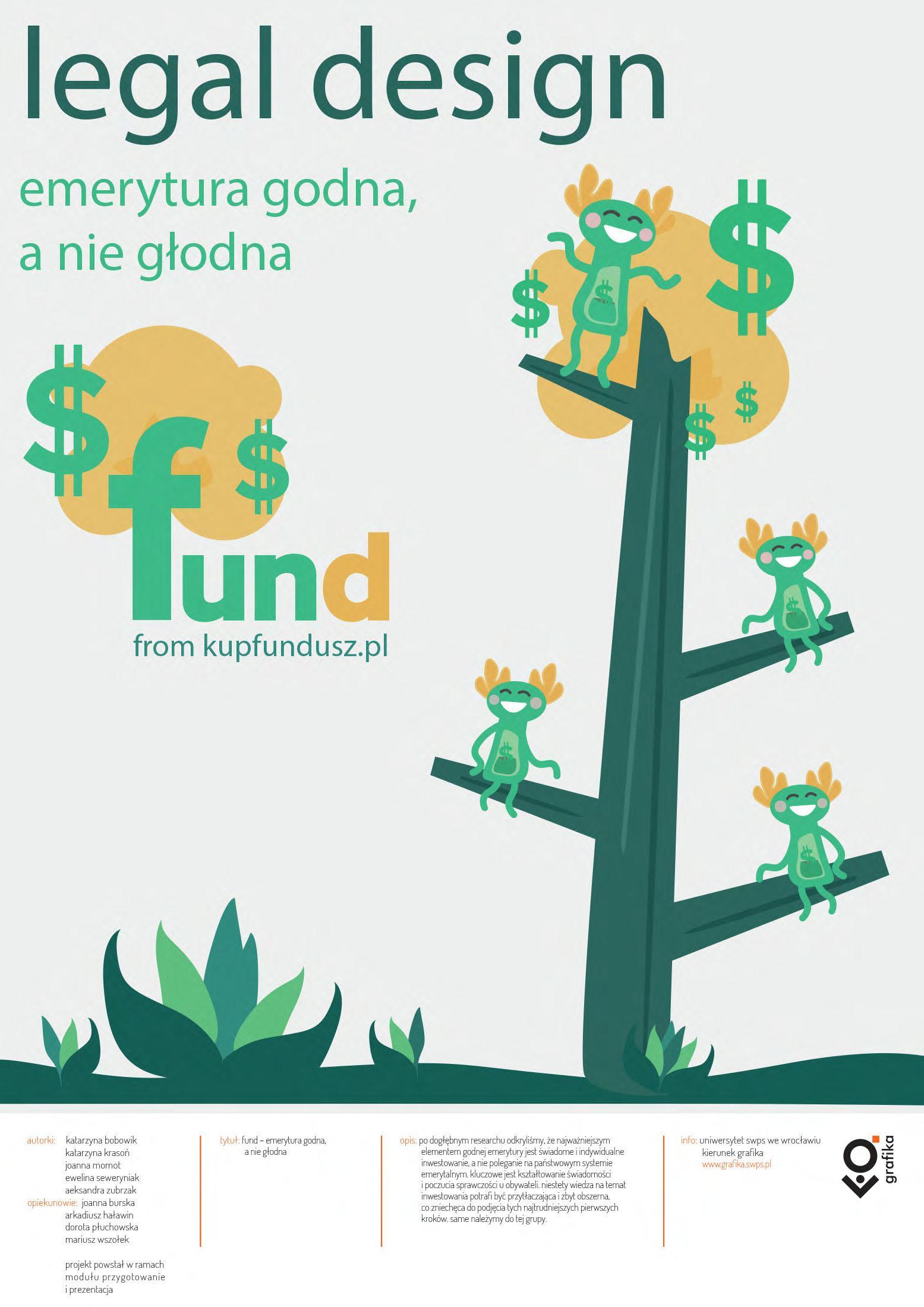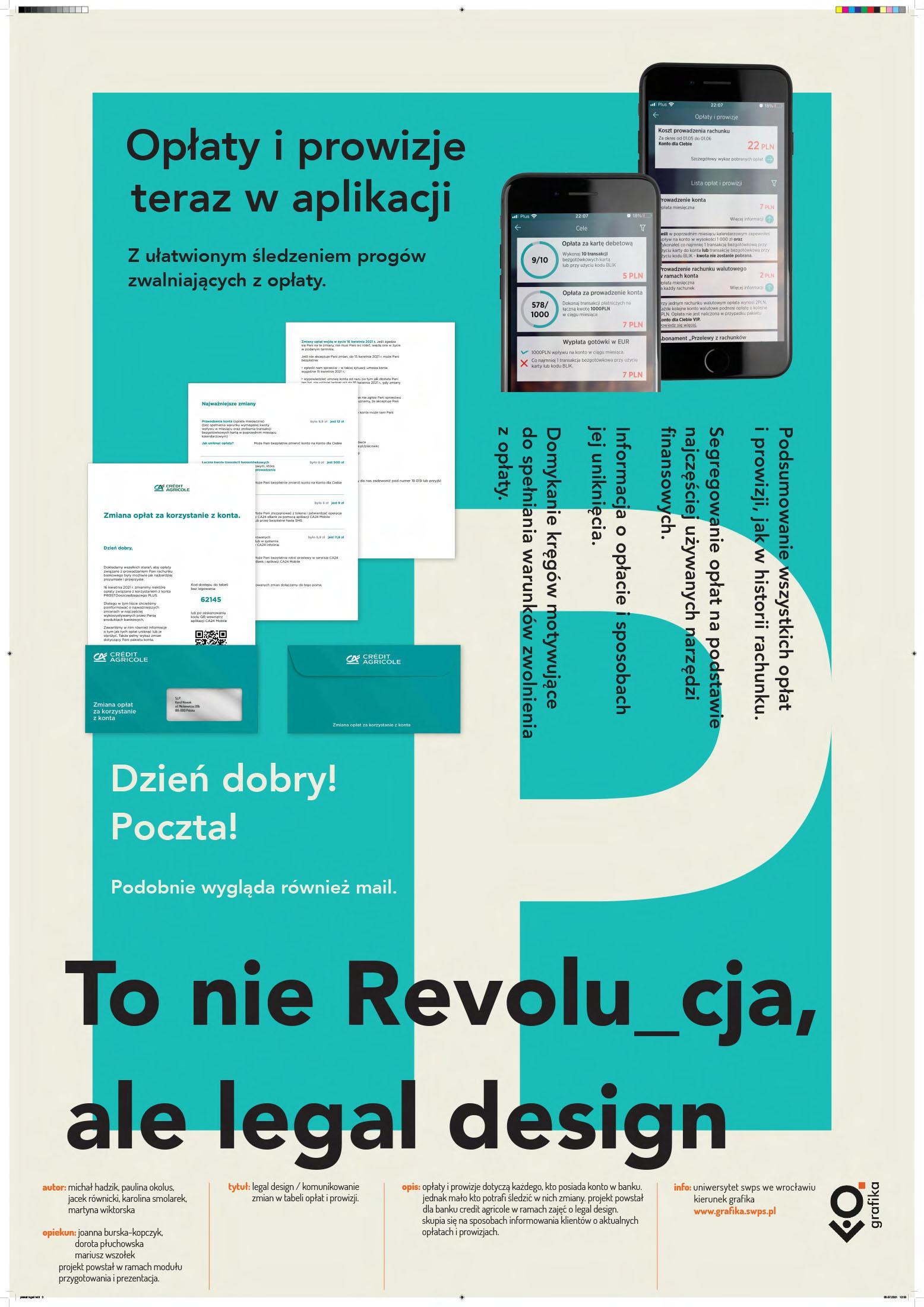Problem
Incomprehensible and complicated law
An average Pole often finds legal language difficult to understand. Consequently, they rarely engage with legal documents. And even if they do, they get lost in the maze of cross-references between paragraphs and articles, perplexing definitions and phrases that carry significantly different meanings in everyday conversations. Legal jargon remains intricate and primarily accessible to those immersed in the specialized vocabulary of the legal professions. This paves the way for social exclusion.
So, is the law genuinely accessible to all? Should not the rules of the law be transparent and comprehensible to everyone? Is there a way to present intricate legal matters in a manner that is both user-friendly and intuitive?
Solution
Implementing legal design
Designers from SWPS University envision a solution in design’s capacity to convey the essence of the law, the way it works and the purposes it serves. The idea is to effectively guide the user through language that they might not understand due to formal reasons or educational deficits. In this context, legal design involves implementation of abstract visual language that, when juxtaposed with written text, capitalizes on the primary currency of the contemporary design landscape—attention.
Explore exemplary legal design projects created by SWPS University designers:
Katarzyna Bobowik, Katarzyna Krasoń, Joanna Momot, Ewelina Seweryniak, and Aleksandra Zubrzak designed a social campaign and a mobile app to encourage people to save for retirement and learn how to invest money. Their idea was to playfully interpret popular sayings that “money does not grow on trees” and “money does not lie in the street.” They strategically placed lifelike banknote stickers firmly on the ground. These stickers served as signposts, leading people to a 'cash tree' where they discovered paper currency embedded with QR codes, directing users to an application designed to assist in budget planning and initiating investments.

Michał Hadzik, Paulina Okolus, Jacek Równicki, Karolina Smolarek, and Martyna Wiktorska surveyed customers of various banks and designed a clear and user-friendly method for informing bank account holders about important updates on fees and commissions. This involved ensuring that this information was easily accessible through the bank’s mobile app, email notifications, and official letters.

Legal design is the application of audience-centered design to the world of law to deliver legal services in innovative and accessible ways. This encompasses:
- Streamlining and optimizing the communication and presentation of legal information, such as visualizing intricate legal procedures.
- Contributing to the development of new legal services and products, such as contract templates or end-user workflows.
- Fostering a culture of innovation within legal entities, including utilizing innovation to enhance the organization's brand image and service delivery model.
Why?
We assume responsibility for the socially excluded
Design is a process that primarily involves diagnosing and solving design challenges and providing simple solutions. Its a tangible impact on social change guides the faculty and graphic design students at SWPS University. They carefully observe the needs of various social groups, face the challenges head-on, and, with courage and responsibility, initiate projects that lead to positive transformation.
Supervised by Dr. Dorota Płuchowska, Dr. Mariusz Wszołek, and Joanna Burska-Kopczyk, SWPS University graphic design students cyclically carry out legal design projects. The aim is to utilize design thinking to establish a connection between the law and visual communication. Our designers effectivrely translated the hermetic language of law into an accessible visual lexicon. Through legal design—a fusion of law and design—they have successfully tackled several everyday problems. It turns out that a contract can be designed to encourage the consumers to read through to the very end and that copyright law is not as intricate it may initially seem. Legal design helps more people understand the law.